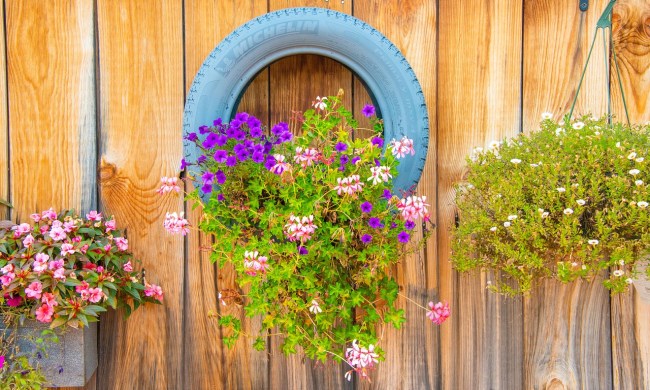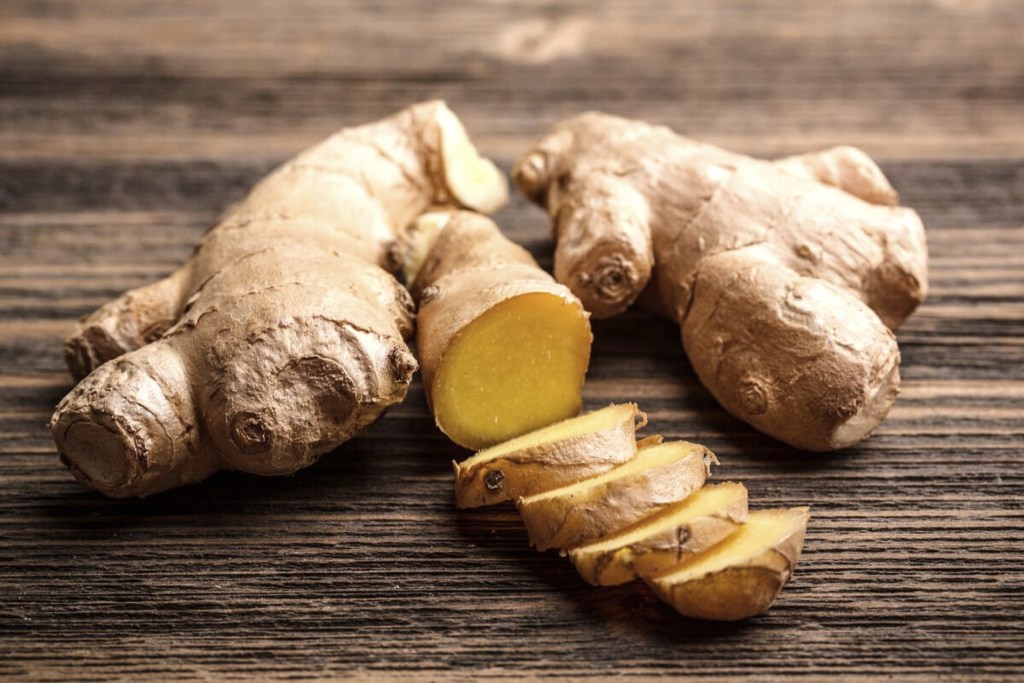
It’s not every day you grow a plant from something you’ve purchased in the produce section of your grocery store, but that's one of the things that makes ginger unique! Not only does ginger have many uses, but it’s also super easy to grow at home. If you're low on space, inexperienced with plants, or just love ginger then this is the guide for you. We'll explain everything you need to know about how to grow ginger plants from a store-bought ginger root.
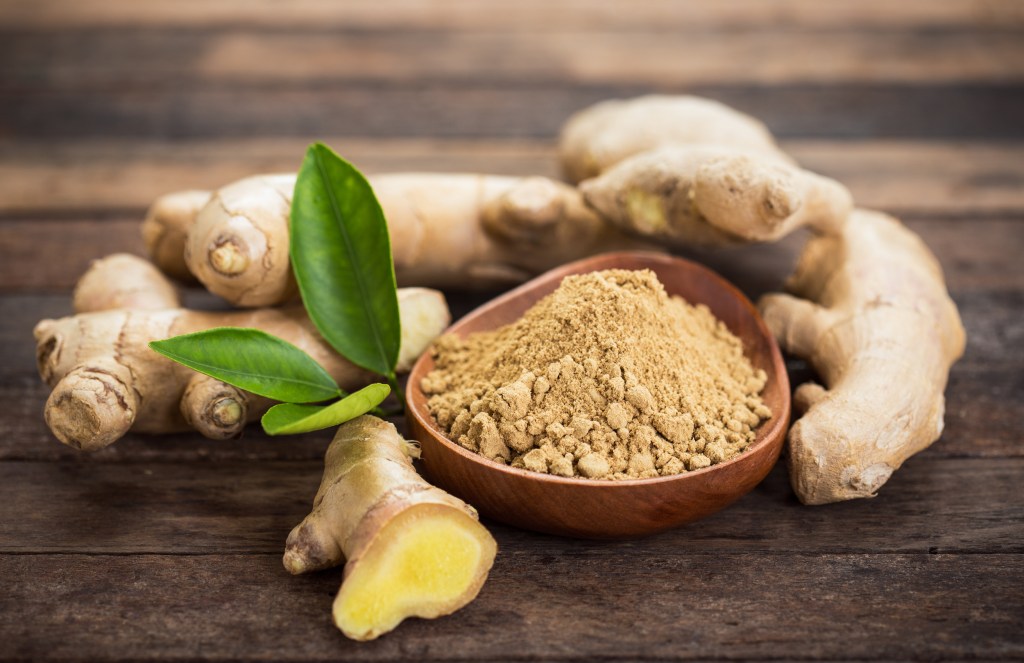
Selecting the right ginger
First, let’s talk about the elephant in the room — or to be more precise, the rhizome. Ginger root isn’t actually a root — it's a rhizome. Rhizomes are the tubular parts of the plant that will crawl along and sprout new shoots and new roots to keep the plant expanding. Grass grows similarly. So when you’re at the store selecting the best ginger specimen, remember that you’re not looking at the root but at the rhizomes.
Finding the perfect ginger rhizome is vital to ensuring success when growing it for production.
Step 1: Search for a specimen that isn’t dried out or soggy. These are likely dead and won’t result in a plant.
Step 2: Look for signs of growing points, which look like little horns or points on the ginger. These indicate that the ginger is ready to grow.
Step 3: Select at least three or four healthy ginger rhizomes with good growth points. Gather as many of these ideal rhizomes as you like, but we suggest starting with three or four to ensure you have success with at least one.
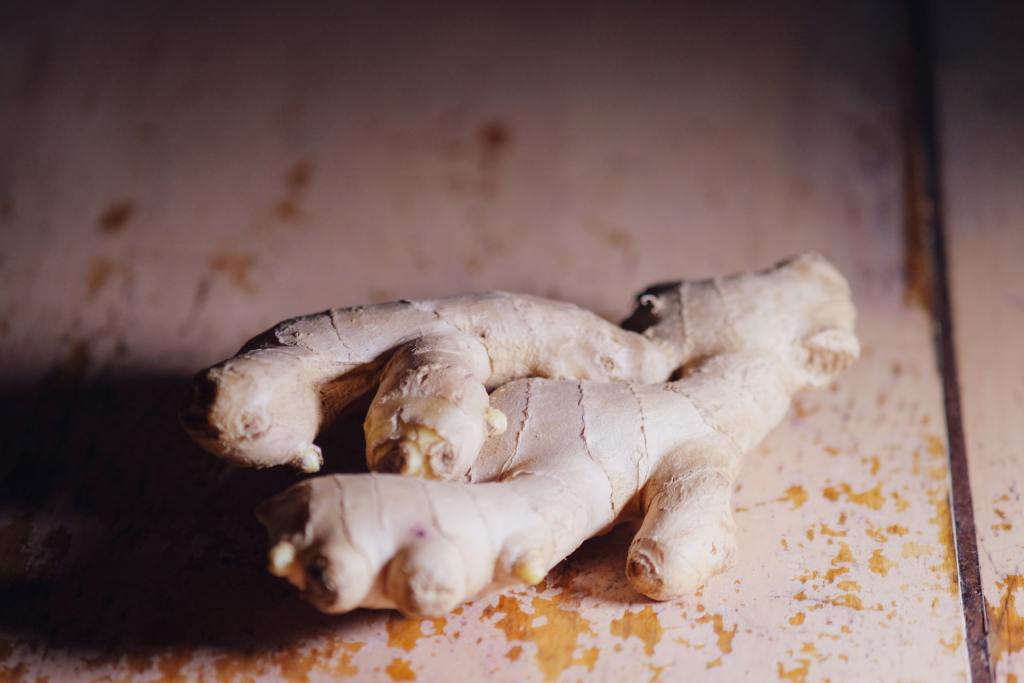
Starting
Often, store-bought ginger is treated with a growth retardant to reduce the risk of it sprouting while in the store. This can obviously make it harder to grow for a home gardener, but soaking the rhizome in water overnight can help remove this treatment and allow the plant to grow. While there are many theories on how to best root up a ginger plant, the truth is that many of them work, and it’s up to you to choose the one you’d like to try.
Step 1: Fill a bowl or other container with water.
Step 2: Add the ginger rhizome to the water-filled bowl and let it soak overnight to remove any growth retardants on the ginger.
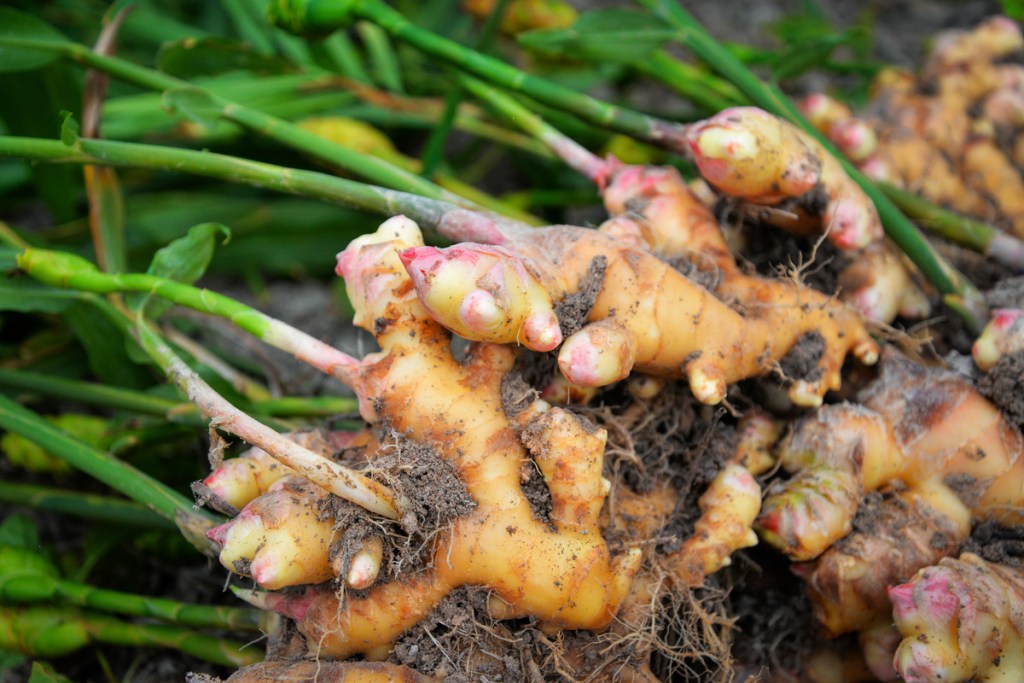
Propagating
All of these methods have been proven to work. Decide which you’d like to try, or get enough ginger to try all three and see which one is most successful for you!
Step 1: Leave the ginger in water until you see 1- to 2-inch long roots to propagate in water.
Step 2: Wrap the rhizome in wet paper towels and place them in a resealable plastic bag until it develops roots.
Step 3: Plant the rhizome directly into the ground after soaking. Although this method isn't as quick as the others, it does require less prep.
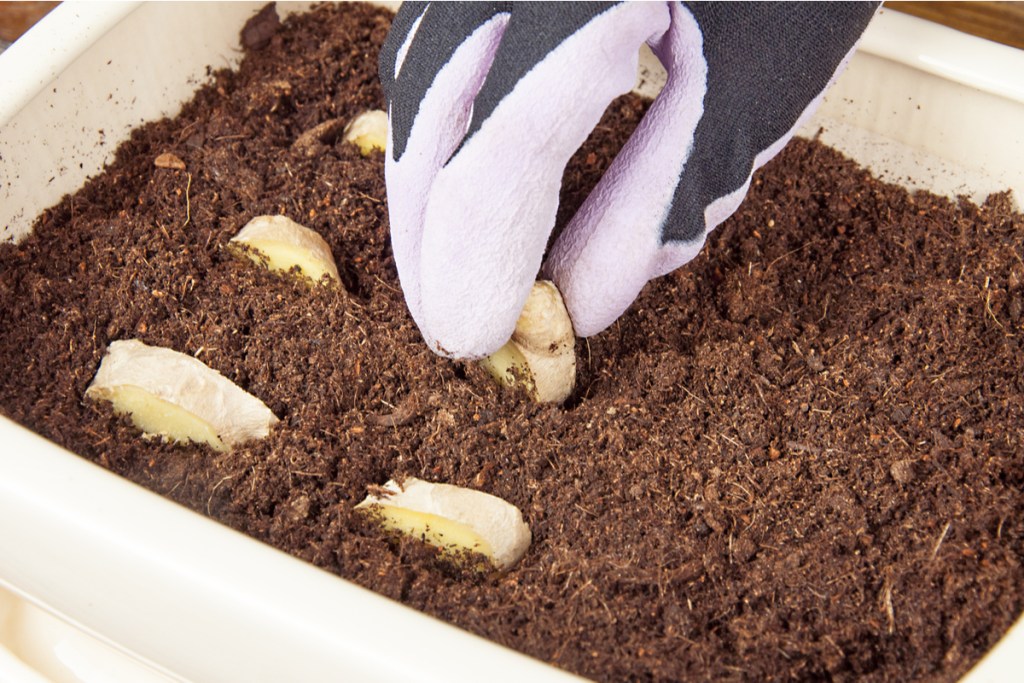
Planting
No matter which method you use to achieve healthy ginger roots, your ginger will eventually end up in soil. Whether you're planting the ginger in a pot or directly into the ground, it’s crucial to use nutrient-rich soil that will hold moisture but not become waterlogged.
Step 1: Choose a container just large enough for your ginger. Ginger plants don't grow too large, and they don't mind being a little crowded, so a small to medium pot typically works fine.
Step 2: Mix the potting soil with slow-release fertilizer to give the ginger plant plenty of food.
Step 3: Position the rhizomes so that the roots are pointing down and the baby shoots are pointing up. This can be difficult to determine at first, so take time to study the plant first.
Step 4: Add fertilizer or compost to your garden soil if you plant the ginger directly into your garden.
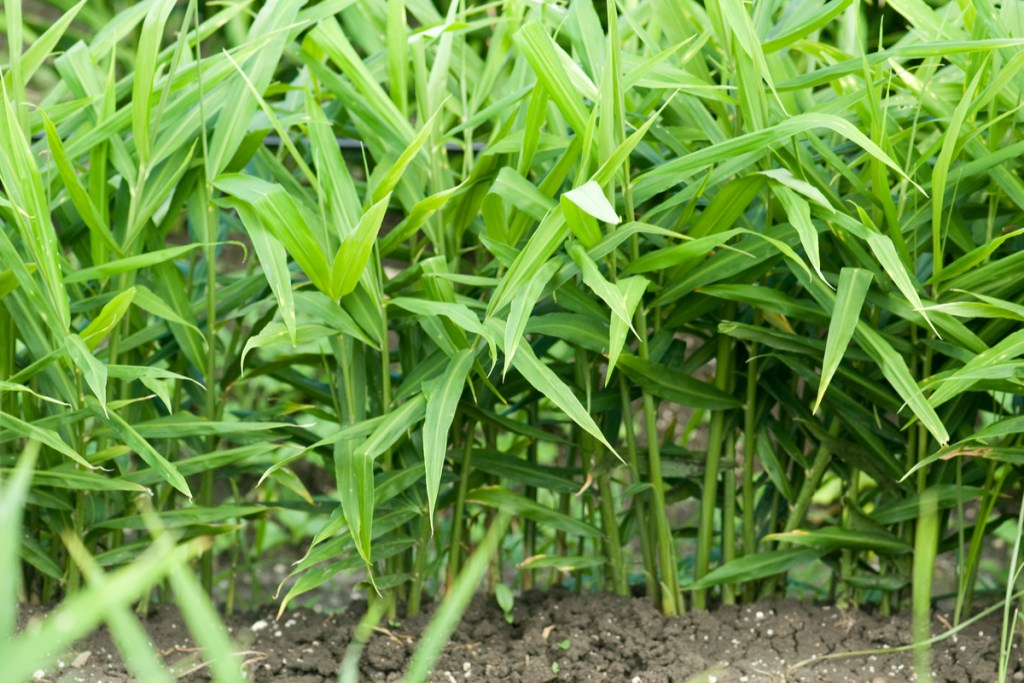
Caring for ginger
Once transplanted, you'll need to care for your new ginger plants.
Step 1: Keep the soil moist, but not waterlogged.
Although some plants enjoy wet soil, ginger is not one of them. However, it is technically a tropical plant and wants access to moisture year round. If you live in a drier climate, this means you'll need to water the plant more often and check it more frequently.
Step 2: Grow ginger indoors in dry or cold climates. This gives you control over the temperature and humidity your plant is exposed to.
Step 3: Plant ginger in full to partial shade, and avoid leaving it in direct sunlight for too long.
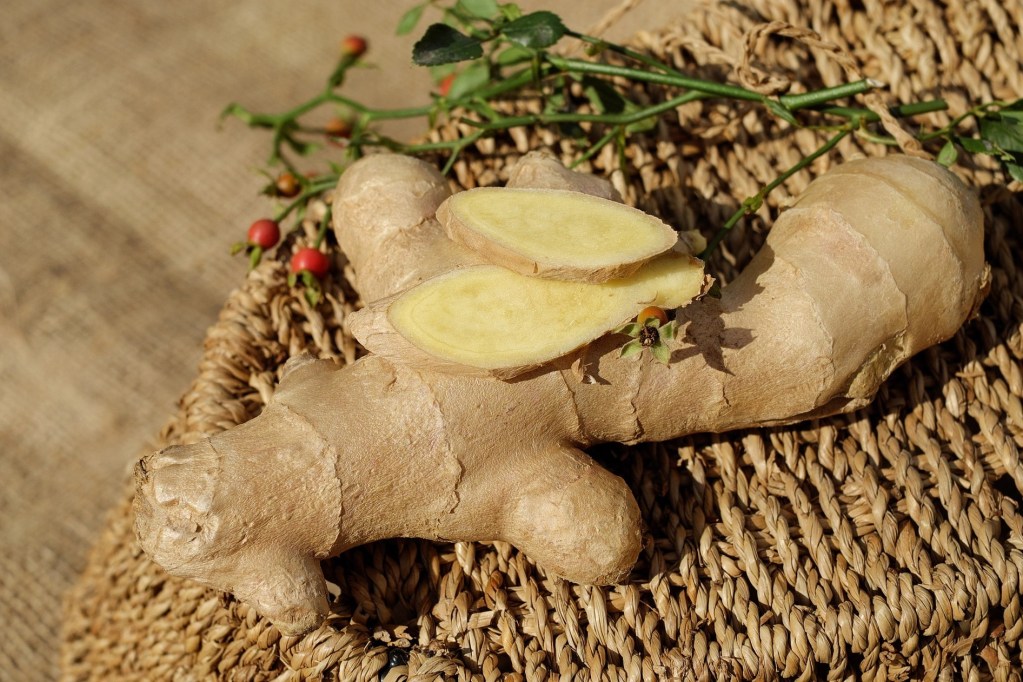
Harvesting and replanting
When will it finally be time to harvest that delicious ginger? Here's what you need to know.
Step 1: Allow your ginger plant to grow for two to three years. You can begin harvesting it after the first year, but older ginger typically has a better flavor.
Step 2: Select good specimens of your ginger plant to replant next season. Look for healthy, firm rhizomes with lots of growth points.
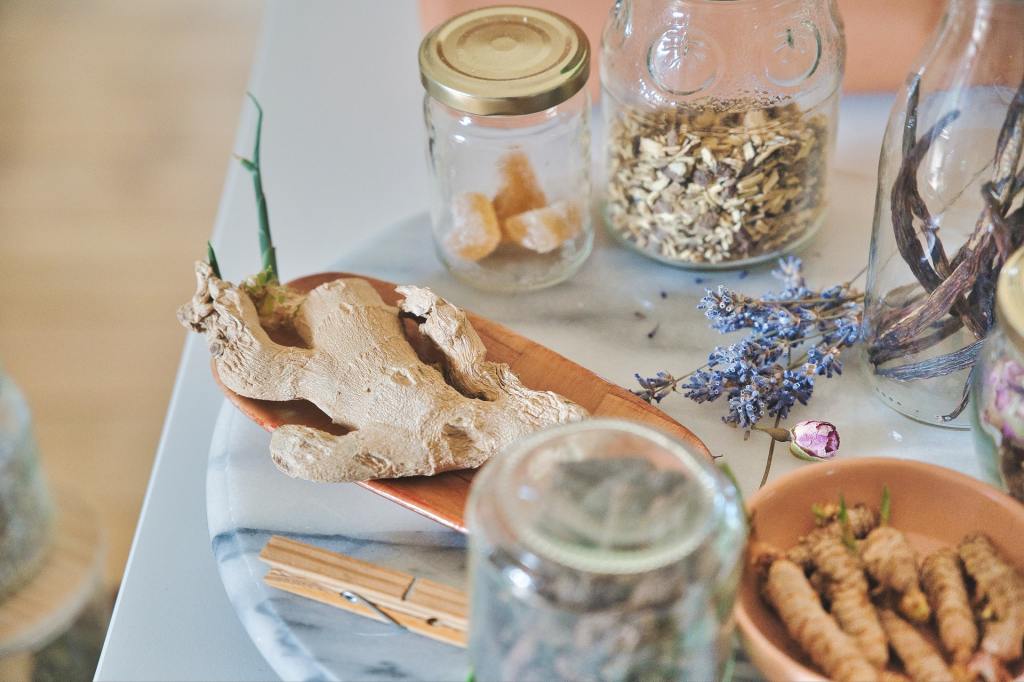
How to store ginger
Great for both savory and sweet dishes, ginger can be quite the powerhouse ingredient in the kitchen. You can add it to teas, soups, stir-fries, marinades, desserts, and so much more. But before you even use ginger in your recipes, you need to know how to store it. If you're planning on using your ginger right away, it can sit on your counter for a few days with no problems. That said, it can stay fresh for a long time if you know how to store it properly.
The easiest way to store ginger is by putting it in a resealable bag and popping it inside your refrigerator's crisper drawer. Ideally, the peel should be intact or else your ginger will only last two to three weeks — if it's still unpeeled, it can last more than a month. (Peeled ginger, in any case, should be refrigerated to stay fresh.) If you'd like, you could also potentially leave your ginger in the freezer for up to five months.
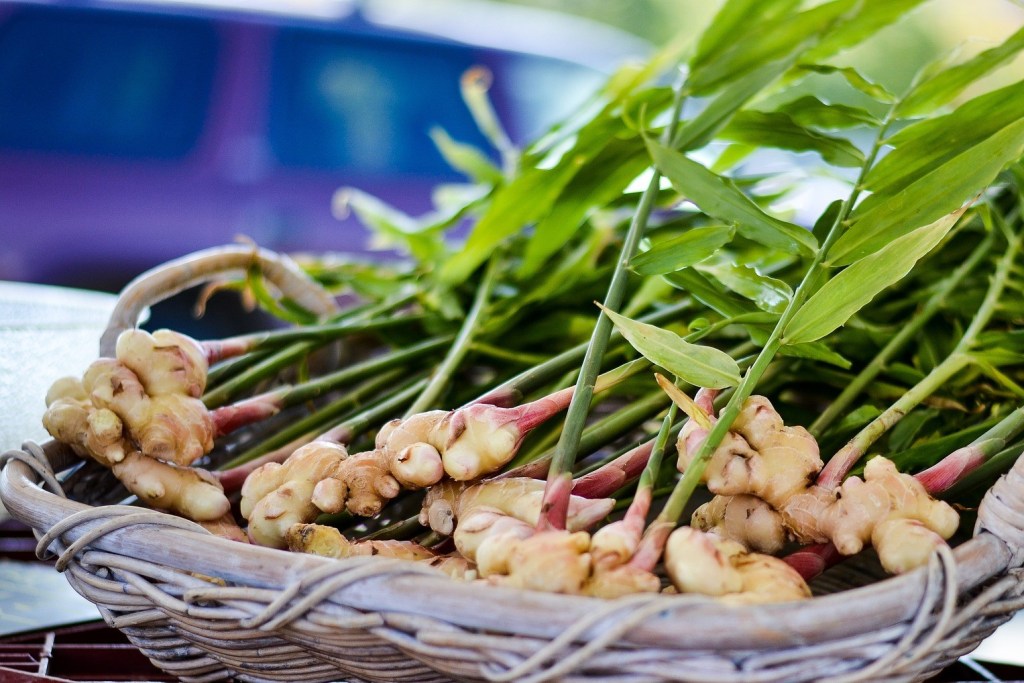
Troubleshooting ginger that isn't sprouting
If you've followed all the steps above but aren't seeing results, there are a few possible reasons your ginger may not be sprouting. One problem unique to ginger plants from grocery stores is the growth inhibitor that is often applied to them.
Soaking the ginger roots can remove some of this, but it doesn't always remove enough to allow the root to sprout. Getting multiple roots to try, or roots from multiple different grocery stores, can increase the odds that one of the roots will be successful. Unfortunately, if this is the reason your ginger isn't sprouting there isn't anything you can do about it.
Another unfortunately incurable reason your ginger might not be sprouting is that your ginger was already dry and dead before you brought it home. Choosing a healthy, living ginger root is important, as dried ginger will not sprout.
The final reason your ginger may not be sprouting is much easier to fix: cold. If your ginger is too cold, it will sprout more slowly. Keep your ginger away from drafts and in an area that is over 55 degrees Fahrenheit and you should see sprouts forming within the next couple weeks.
While it might not be as easy as one, two, three; growing ginger from store-bought rhizomes is much easier than it might seem at first. It can also be a great science project for kids — and a tasty one! If you save a few ginger rhizomes to replant each time you harvest, you might never have to buy ginger again!
